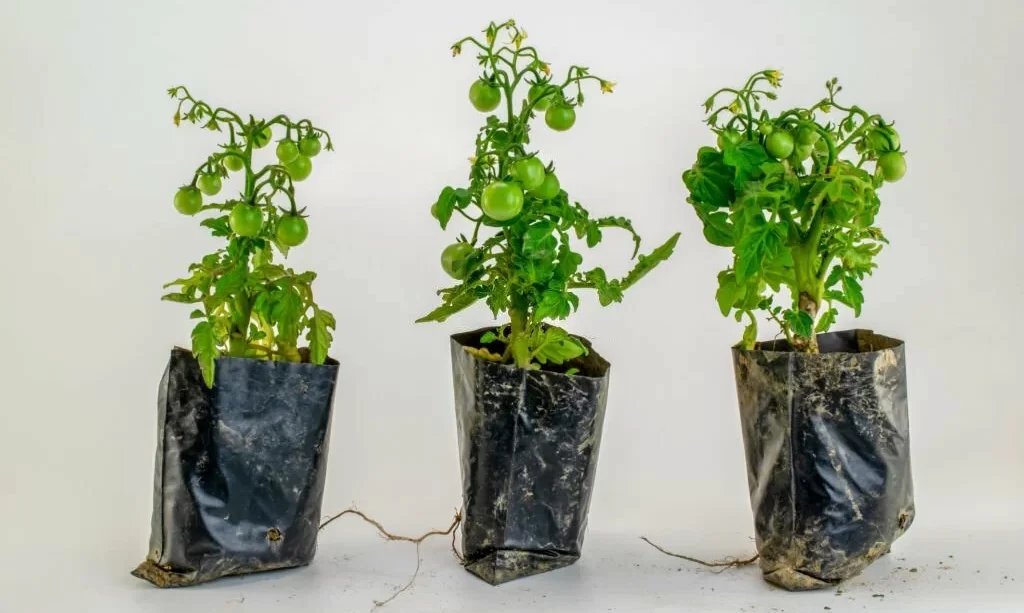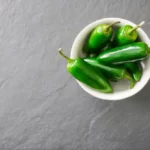When it comes to growing tomatoes, choosing the right grow bag size is a pivotal decision that can significantly impact the success of your gardening endeavors. Grow bags have gained popularity for their portability, excellent drainage, and versatility, making them a practical choice for cultivating tomatoes. However, selecting the appropriate grow bag size is crucial to ensure that your tomato plants thrive. In this exploration, we’ll delve into the key factors you should consider when choosing the size of your grow bags for tomato cultivation. By making an informed choice, you can set the stage for a fruitful and enjoyable gardening experience.
Factors to Consider
Several essential factors influence the choice of grow bag size for your tomato plants:
- Tomato Variety: The type of tomato variety you intend to grow plays a significant role. Determinate tomatoes, which have a more compact growth habit, typically require smaller grow bags. Indeterminate varieties, on the other hand, have a more extensive root system and continuous growth, necessitating larger grow bags.
- Available Space: Assess the available space in your garden or patio. If you have limited space, smaller grow bags may be a more practical choice, especially if you are growing determinate tomatoes or cherry tomato varieties. Larger grow bags are suitable for roomier areas where indeterminate or beefsteak tomatoes can spread their roots and branches comfortably.
- Growing Conditions: Consider the environmental conditions in your area. If you live in a region with a short growing season, you may opt for smaller grow bags to encourage earlier fruit production. In contrast, if you have a more extended growing season, larger grow bags can accommodate the longer growth period of indeterminate tomatoes.
- Maintenance: Reflect on the level of maintenance you are willing to provide. Smaller grow bags may dry out more quickly and require more frequent watering, whereas larger bags can retain moisture for a more extended period, reducing the need for constant attention.
By taking these factors into account, you can make an informed decision regarding the appropriate grow bag size for your specific tomato plants, ensuring they have the space and conditions they need to flourish.
Recommended Sizes for Different Tomato Varieties
Selecting the ideal grow bag size for tomatoes involves tailoring your choice to the specific tomato varieties you plan to cultivate. Here are some general guidelines to help you make the right decision:
- Determinate Tomatoes: These tomato varieties are more compact in size and have a predetermined growth pattern. For determinate tomatoes, smaller grow bags, typically around 5-10 gallons (19-38 liters), are generally sufficient. These plants have a limited growth span and don’t require as much room for their roots.
- Indeterminate Tomatoes: Indeterminate tomato varieties have a vining growth habit and can continue to produce fruit throughout the growing season. To accommodate their larger root systems and longer growth period, it’s recommended to use larger grow bags, typically 15-20 gallons (57-76 liters) or more. The increased space allows for better root development and support for the ongoing production of tomatoes.
- Cherry or Small Tomato Varieties: Smaller tomato varieties, such as cherry or grape tomatoes, can thrive in grow bags as small as 5-7 gallons (19-27 liters). Their compact nature and shorter growth span make them well-suited for smaller containers, which can be an excellent choice for gardeners with limited space.
Choosing Grow Bags for Container Gardening
For gardeners with limited outdoor space, container gardening is a practical solution, and grow bags are particularly well-suited for this purpose. When selecting grow bags for container gardening, here are some considerations to keep in mind:
- Size and Space: Choose grow bag sizes that align with your available space. If you have a small balcony or patio, opt for smaller grow bags that can fit comfortably within the confines of your gardening area. Grow bags in the range of 5-10 gallons (19-38 liters) are suitable for compact spaces.
- Portability: Grow bags are lightweight and portable, making them an excellent choice for container gardening. Select bags with sturdy handles to make it easier to move them around, allowing you to optimize sunlight exposure or protect your plants from harsh weather conditions.
- Drainage: Ensure that the grow bags you choose have proper drainage holes to prevent waterlogging. Adequate drainage is essential for healthy tomato plants and prevents root rot.
By considering these factors when choosing grow bags for container gardening, you can create a thriving tomato garden in even the smallest of outdoor spaces. Whether you’re growing determinate, indeterminate, or cherry tomato varieties, the right grow bag size and container gardening approach will help you enjoy a bountiful tomato harvest.
Frequently Asked Questions
Can I reuse grow bags from the previous season?
Yes, grow bags can often be reused for multiple growing seasons. Be sure to clean and sanitize them before planting new crops to prevent disease transmission.
Are there specific brands or materials of grow bags that are recommended for tomato cultivation?
While there are various brands and materials available, fabric grow bags made from durable and breathable materials like polypropylene or felt are often preferred for growing tomatoes. They offer good aeration and drainage.
What type of soil should I use in my grow bags for tomatoes?
Use a well-draining, high-quality potting mix specifically formulated for container gardening. Adding organic matter like compost can further enhance soil quality.
Conclusion
Selecting the right grow bag size for your tomato plants is a crucial decision that can significantly influence the success of your gardening efforts. Factors such as the tomato variety, available space, and growing conditions all play a role in determining the most suitable bag size. Whether you’re growing compact determinate tomatoes in smaller grow bags or supporting the growth of indeterminate varieties with larger containers, your choice can impact the health and productivity of your tomato plants.
For those embarking on container gardening in limited spaces, grow bags offer a practical and flexible solution. By choosing the right grow bag size, you can optimize your gardening area and enjoy the benefits of a bountiful tomato harvest, even in confined spaces. So, whether you’re a seasoned gardener or a beginner, making informed decisions about grow bag sizes for your tomatoes sets the stage for a successful and enjoyable gardening experience.



